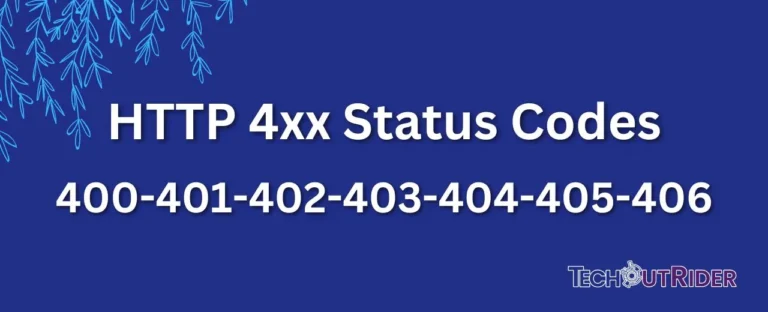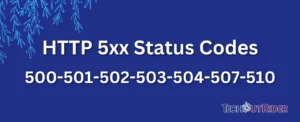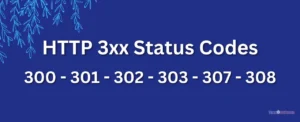As a budding web developer, you’re bound to encounter some head-scratching moments when dealing with HTTP status codes. Fear not!
In this beginner-friendly blog post, we’ll unravel the mysteries behind the 4xx status codes—those cryptic numbers that pop up when something goes awry on the client side.
Let’s break it down into plain language so you can troubleshoot like a pro.
What Are 4xx Status Codes?
Think of 4xx status codes as the server’s way of saying, “Hey, buddy, you goofed up!” These codes indicate client errors—issues that originate from your browser or the way you’ve crafted your request.
So, if you encounter a 4xx code, it’s time to roll up your sleeves and fix things on your end.
The Culprits: Client Blunders
Let’s dive into the specific 4xx codes and their meanings:
- 400 – Invalid Request
- Imagine you’re ordering a pizza, but your request is a jumbled mess. The server throws its hands up and yells, “Bad Request!” It’s like asking for pineapple on a sushi roll—utter chaos.
- Fix: Check your syntax. Make sure your request follows the rules.
- 401 – Unauthorized Request
- Picture this: You’re at a secret club entrance, but the bouncer won’t let you in. Why? Because you haven’t flashed the right badge (authentication). The server responds with a stern “Unauthorized.”
- Fix: Authenticate yourself properly. Provide the correct credentials (username and password).
- 402 – Payment Required
- This one’s a relic from the past, like a dusty coin slot on a payphone. It was meant for online payments, but nowadays, it’s rarely used. Some servers repurpose it for other purposes, like throttling requests.
- Fix: Well, there’s not much to fix here. Just know that you’re not paying for pizza delivery!
- 403 – Access to Resource Forbidden
- Imagine you’re at a library, and the librarian glares at you. You’ve got a valid library card (request), but they won’t let you into the restricted section. That’s a “403 – Forbidden.”
- Fix: Respect the rules. Maybe that section is off-limits.
- 404 – Not Found
- Ah, the classic! You’re on a treasure hunt, but the map leads to an empty spot. The server shrugs and says, “Not Found.” It’s like searching for Atlantis.
- Fix: Double-check your URLs. Is the treasure chest (resource) really there?
- 405 – Method Not Allowed
- Imagine you’re at a drive-thru, and they only serve burgers. You roll up, demanding sushi. The server shakes its head: “Method Not Allowed.” Stick to the menu!
- Fix: Use the right HTTP method (GET, POST, etc.) for the task.
- 406 – Not Acceptable
- You’re at a buffet, but the chef refuses to serve your unicorn-shaped plate. That’s a “406 – Not Acceptable.” Your request’s preferences clash with what the server offers.
- Fix: Adjust your preferences (headers) to match the server’s offerings.
Remember, these 4xx codes are your breadcrumbs in the forest of client-side mishaps. When you encounter them, channel your inner detective and untangle the web. Happy debugging! 🕵️♂️








